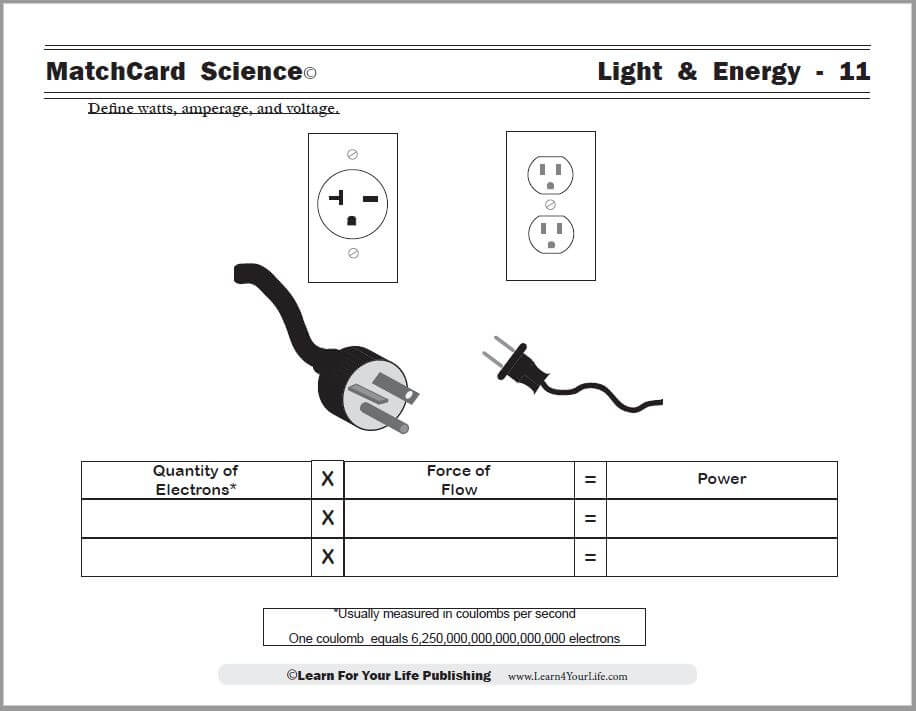

At its core, power is the rate at which work is done. The symbol used to represent the watt is the capital letter "W". The unit that is most often used for measuring power in electronics is the watt. This forms the basis for the forms of Ohm's law given in the next section. The unit Ω is equal to the resistance that exists when 1 A is flowing between two points with 1 V of voltage between those two points.

If an electric circuit were a garden hose, resistance would be any valve or other restriction in the hose. The symbol used to represent the parameter of resistance is the letter "R". The symbol used to represent the ohm is Ω. The unit that is used for measuring the parameter of resistance is the ohm. The unit A is equal to the number of coulombs flowing through the circuit in one second. If an electric circuit were a garden hose, current would be similar to the flow rate of the water in the hose. The symbol used to represent the parameter of current is the letter "I". Both upper and lower case is used depending on the situation. The symbol used to represent the amp is the letter "A". The unit that is used for measuring the parameter of current is the ampere. Voltage is sometimes referred to as "potential" because it has the potential to move those electrons. The unit V is equal to the amount of energy, in Joules, required to move one coulomb of electrons between two points. If an electrical circuit were a garden hose, voltage would be similar to the pressure in the hose. The symbol for the parameter of voltage is also the letter "V". Both upper case and lower case is used depending on the situation. The symbol that is used to represent the volt is the letter "V". The unit that is used for measuring the parameter of voltage is the volt. We can not go very much farther into electronics until these concepts are understood. That is the relationship between power and the quantities defined by Ohm's law. Watt's Law defines another of the most fundamental relationships in electronics.

That is the relationship between Voltage, Current, and Resistance. Ohm's Law defines one of most fundamental relationships in electronics. Ohm's Law and Watt's Law: Voltage, Current, Resistance, and Power What is Ohm's Law and Watt's Law?:


 0 kommentar(er)
0 kommentar(er)
